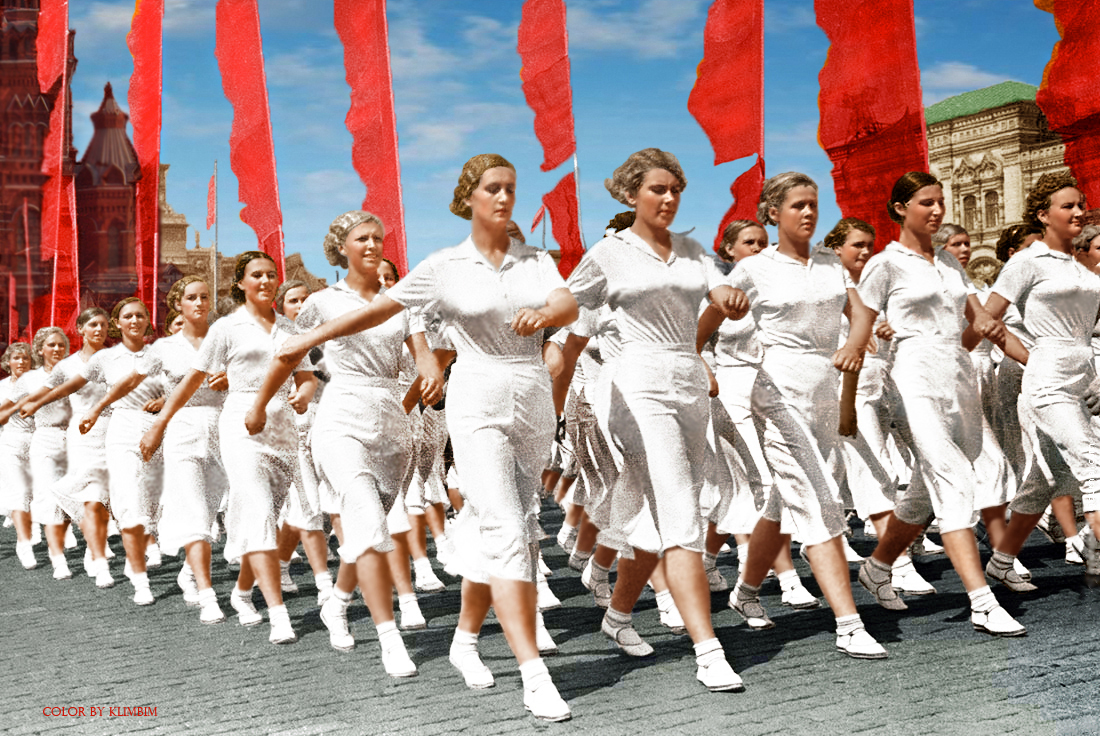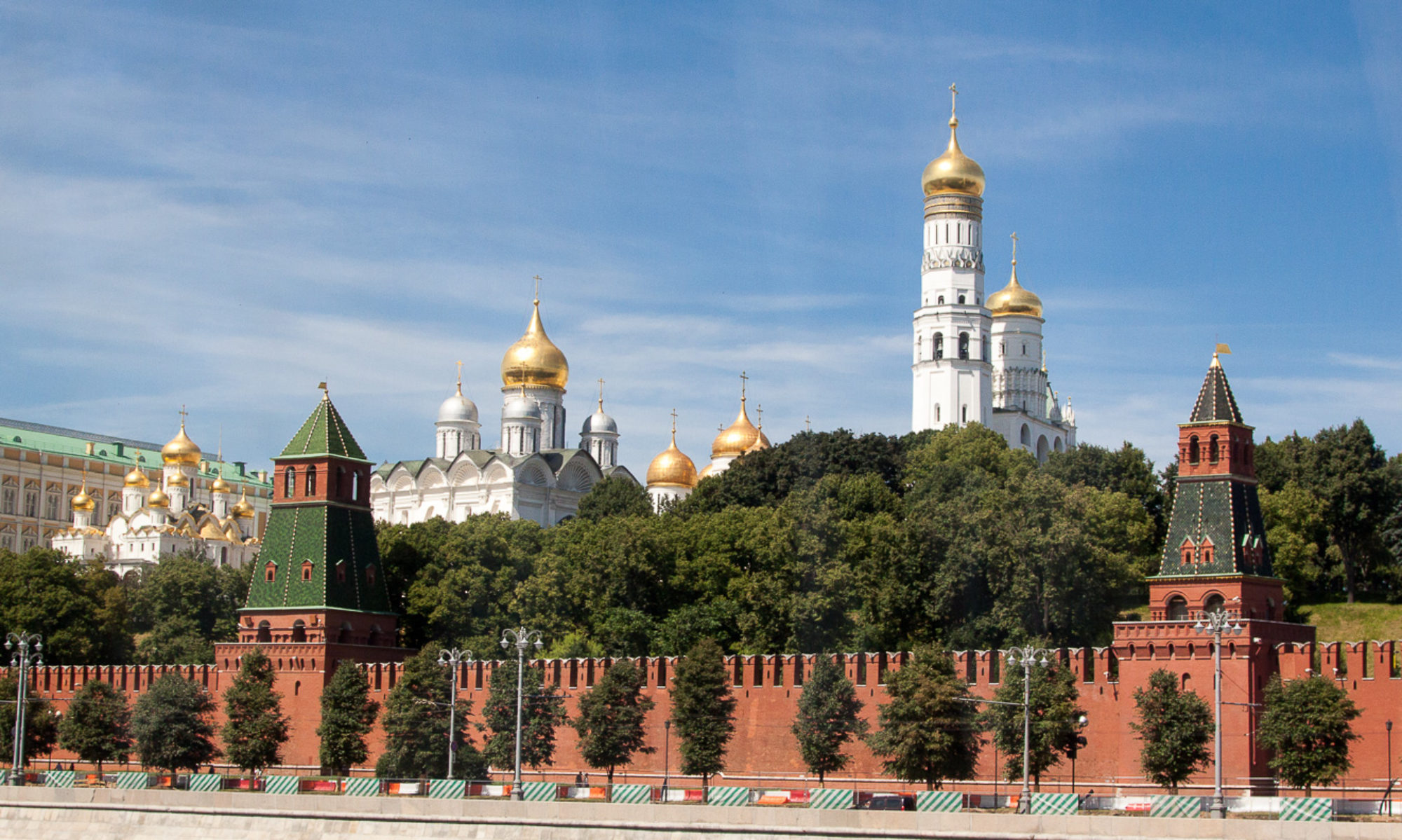
By Prof. Valeriy Antonovich Torgashev
Foreword by Nikolay Starikov, who published prof. Torgashev’s letter on his blog:
I receive about a 100 letters every day. You, my dear reader, criticize or thank me, send me your reviews and articles. Some of them require further study, others deserve immediate publication.
Today I offer you something that is certainly worthy of your attention. The topic discussed is very important. Professor Valeriy Antonovich Torgashev tells us about the USSR of his childhood.
The USSR right after WWII with Stalin at the helm. If you didn’t live back then, you will discover masses of new information about prices, salaries, incentive systems, Stalin’s price cuts, stipends students were getting, and much more, I assure you.
If you did live back then, this is your chance to escape back in time to your happy childhood…
But first, the letter Professor Torgashev sent me along with his article:
Dear Nikolay Viktorovich!
I watch your activities with interest, for I share your position on many events in history, as well as today. In one of your public appearances you mention that the USSR of post-WWII is seldom dwelled upon in our historiography. This period was remarkable time in the history of the USSR. All of the negative qualities of socialism – without exception – surfaced after 1956: the Soviet Union after 1960 was an entirely different country. Moreover, the USSR before WWII was also very much unlike what it was in the post-war period. The country I remember so well effectively employed both, planned and free market economy; for instance, there were many more private bakeries than there were government-controlled ones.
There was a great variety of goods and groceries in stores, most of them manufactured and grown by the private sector; there was no notion of a produce or goods deficit. People lived noticeably better from year to year between the years of 1946 and 1953. In 1955, the average soviet family was living better than the average American family at this time, and better than a modern American family of four with a yearly income of $94,000 today, to say nothing about a modern Russian family. The following article is based on my personal recollections, witness accounts of people I knew who were older than me, as well as classified family budget studies conducted by the Central Statistics Administration of the USSR through 1959.
If you find my compilation interesting, I would appreciate if you could share it with your extensive audience. I somehow have a feeling no one but me remembers this time.
Respectfully,
Professor Valeriy Antonovich Torgashev
Remembering the USSR
It is generally assumed there were three revolutions in Russia in the 20th century: in February and October of 1917 and in 1991; sometimes 1993 is also mentioned. Our political system was altered in a matter of days as a result of the February uprising. The aftermath of the October revolution was political and economic changes that took several months to complete. In 1991 the Soviet Union was disseminated, but no political or economic changes came along.
Political shift occurred in 1989, when the Communist Party of the Soviet Union lost its power quite literally through the corresponding changes made in the Constitution. The Soviet Union’s economy was altered before, in 1987, with the introduction of cooperatives as a non-government segment. Therefore, the revolution actually occurred in 1987, not in 1991, and it was done from top-down by the people in power, unlike the events of 1917.
In addition to the aforementioned revolutions, 20th-century Russia experienced another one. This upheaval brought about substantial political and economic changes, but not a word is written about it. The changes were not for the better: practically every segment of the population experienced decreased prosperity, manufacturing of goods and food production suffered, assortment of products available and the quality thereof dwindled as prices went up. All of this happened during the revolution of 1956 – 1960 and was initiated by Nikita Khrushchev. The political piece of this revolution meant that administrative power on all levels was transferred back to the Communist Party institutions after a fifteen-year break.
In 1959 – 1960, all non-government vectors of economy were discontinued. That included a liquidation of producer cooperatives and the personal gardens of collective-farmers’, who supplied most manufactured goods (clothes, shoes, furniture, dishes, toys, and the like), food (vegetables, husbandry, poultry farming, and fish products), as well as domestic services.
In 1957, the Central Planning Committee and all ministries, except Ministry of Defense, were terminated. In the end, instead of the synchronized cooperation of planned and free-market economies, there were none in place. After Khrushchev was removed from decision-making, the Central Planning Committee and ministries were reinstated, but their responsibilities and powers had shrunk.
The system of moral and material rewards, designed to increase industrial efficiency, was introduced in 1939 in all the branches of national economy. It assured GOP and workforce productivity in the post-WWII period to be significantly higher than that of other countries, the US including, with the Soviet Union using its own financial and material resources exclusively. Later wage-leveling was introduced, which killed personal motivation for the quality end product.
The uniqueness of Khrushchev’s revolt was in its consequences: the changes he initiated were induced over several years, and therefore they were not clearly visible to the general population.
The living standard had continuously increased in post-WWII Soviet Union and reached its maximum in 1953, the year of Stalin’s death. In 1956, incentives for work performance in industry and science were revoked, causing income decline for people who were involved in those areas. In 1959, severe limits for personal gardening and husbandry were introduced, bringing a sharp decline in farmers’ revenues, causing prices of produce on farmers’ markets to double and triple.
1960 marks the beginning of a drastic deficit in commodities and food products. It was the year when the first special distribution centers for high-ranking officials and “Beriozka” retail stores sprung up. [Goods were sold for foreign currency there and entrance was usually restricted. RV] There was no need for them before. In 1962 regular food prices increased in 1.5 times, taking the national life standard back down to the level of late 1940s.
Until the year of 1960, the USSR was in the top ranking positions in the world in areas of healthcare, education, science, and innovative technology (nuclear industry, rocket building science, electronics, calculating technology, automated production and conveyor belts). The national economy of the Soviet Union at the time was second to that of the United States only, significantly ahead of all other world powers and consistently gaining on the United States. After 1960 its economy growth declines: the USSR loses its leading position.
In the following article I attempt to show in detail what life was like for common folk of the Soviet Union in the 1950s. Based on my personal recollections, stories of other witnesses I encountered in my lifetime, as well as some documents available on the Internet, I will try to demonstrate how little we know about the recent past of our great country.
(continue reading part 2)
By Prof. Valeriy Antonovich Torgashev
as published on nstarikov.ru
Russian source:
https://nstarikov.ru/vspominaya-sssr-23233
Link active as of November 27, 2022. [RV]
